详细说明
Purity
>95%, by SDS-PAGE visualized with Silver Staining and quantitative densitometry by Coomassie® Blue Staining.
Endotoxin Level
<1.0 EU per 1 μg of the protein by the LAL method.
Activity
Measured by its ability to cleave the fluorogenic peptide substrate, Mca-RPKPVE-Nval-WRK(Dnp)-NH 2 (Catalog # ). The specific activity is >30 pmol/min/μg, as measured under the described conditions. See Activity Assay Protocol on .
Source
Human embryonic kidney cell, HEK293-derived Thr29-Thr461, with a C-terminal Fc tag
Accession #
N-terminal Sequence
AnalysisThr29 (pro-mature) and Tyr47 (mature)
Predicted Molecular Mass
75 kDa
SDS-PAGE
86-104 kDa, reducing conditions
9260-SE |
| |
Formulation Supplied as a 0.2 μm filtered solution in Tris and NaCl. | ||
Shipping The product is shipped with polar packs. Upon receipt, store it immediately at the temperature recommended below. | ||
Stability & Storage: Use a manual defrost freezer and avoid repeated freeze-thaw cycles.
|
Assay Procedure
Materials
Assay Buffer: 100 mM Tris, 10 mM CaCl2, 150 mM NaCl, 0.05% (w/v) Brij-35, pH 8.0
Recombinant Human Coagulation Factor IX (rhFactor IX) (Catalog # 9260-SE)
Bacterial Thermolysin (Thermolysin) (Catalog # )
Substrate: Fluorogenic Peptide Substrate II, MCA-Arg-Pro-Lys-Pro-Val-Glu-NVAL-Trp-Arg-Lys(DNP)NH2 (Catalog # )
1,10-Phenanthroline (Sigma, Catalog # 320056)
F16 Black Maxisorp Plate (Nunc, Catalog # 475515)
Fluorescent Plate Reader (Model: SpectraMax Gemini EM by Molecular Devices) or equivalent
Activate rhFactor IX at 100 µg/mL wih 10 µg/mL Thermolysin in Assay Buffer.
Incubate at 37 °C for 90 minutes.
Stop the reaction by adding 1,10-Phenanthroline to the reaction tube at a final concentration of 10 mM.
Dilute activated rhFactor IX to 4 ng/µL in Assay Buffer.
Dilute Substrate to 20 µM in Assay Buffer.
Load 50 µL of the 4 ng/µL rhFactor IX into a black well plate, and start the reaction by adding 50 µL of 20 µM Substrate. Include a Substrate Blank containing 50 µL Assay Buffer and 50 µL 20 µM Substrate.
Read at excitation and emission wavelengths of 320 nm and 405 nm (top read), respectively, in kinetic mode for 5 minutes.
Calculate specific activity:
Specific Activity (pmol/min/µg) = | Adjusted Vmax* (RFU/min) x Conversion Factor** (pmol/RFU) |
| amount of enzyme (µg) |
*Adjusted for Substrate Blank
**Derived using calibration standard MCA-Pro-Leu-OH (Bachem, Catalog # M-1975)
Per Well:
rhFactor IX: 0.2 µg
Substrate: 10 µM
Background: Coagulation Factor IX
Coagulation Factor IX, also known as Christmas Factor, is a secreted by the liver and plays a key role in the activation of the intrinsic clotting cascade (1). Factor IX consists of a Gla domain, two tandem EGF-like domains, an activation peptide, and an S1 serine protease domain (2). Mature human Factor IX shares approximately 81% amino acid sequence identity with mouse and rat Factor IX. Alternative splicing generates an additional isoform that lacks the first EGF-like domain. The Gla domain is modified by Vitamin K-dependent gamma-carboxylation and mediates the association of Factor IX with phospholipid bilayers (3, 4). The activation peptide is removed by Factor XIa mediated cleavage, resulting in heavy and light chains that remain disulfide-linked (5). Factor IX can also be activated by proteolytic factors in multiple snake venoms (6, 7). Active Factor IX associates with Factor VIIIa on the platelet surface where it cleaves and activates Factor X, leading to Fibrin deposition and clot formation (8-10). The human Factor IX gene is highly polymorphic, and Hemophilia B can be caused by X-linked deficiency of Factor IX activity (11-14).
References:
Smith, S.A. et al. (2015) Crit. Rev. Biochem. Mol. Biol. 50:326.
Kurachi, K. and E.W. Davie (1982) Proc. Natl. Acad. Sci. USA 79:6461.
Rawala-Sheikh, R. et al. (1992) Blood 79:398.
Freedman, S.J. et al. (1996) J. Biol. Chem. 271:16227.
Di Scipio, R.G. et al. (1978) J. Clin. Invest. 61:1528.
Takeya, H. et al. (1992) J. Biol. Chem. 267:14109.
Sajevic, T. et al. (2011) Toxicon 57:627.
Ahmad, S.S. et al. (2003) J. Thromb. Haemost. 1:2348.
Mathur, A. et al. (1997) J. Biol. Chem. 272:23418.
van Dieijen, G. et al. (1985) Thromb. Haemost. 53:396.
Aguilar-Martinez, P. et al. (1994) Hum. Genet. 94:287.
Davis, L.M. et al. (1987) Blood 69:140.
Bertina, R.M. et al. (1990) J. Biol. Chem. 265:10876.
Girolami, A. et al. (2015) Semin. Thromb. Hemost. 41:359.
Entrez Gene IDs:
2158 (Human); 14071 (Mouse); 24946 (Rat)
Alternate Names:
Christmas Factor; Coagulation Factor IX; EC 3.4.21; EC 3.4.21.22; F9; factor 9; FIX; HEMB; MGC129641; MGC129642; P19; Plasma Thromboplastic Component; Plasma thromboplastin component; PTC; THPH8







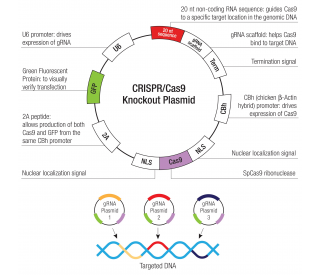
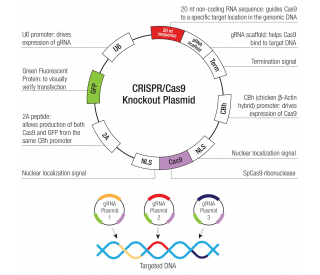
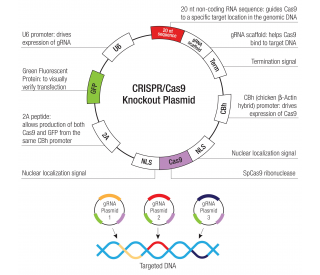
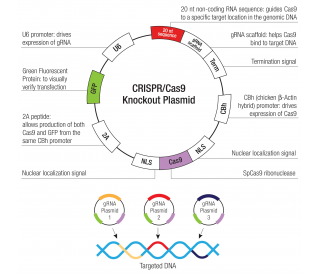
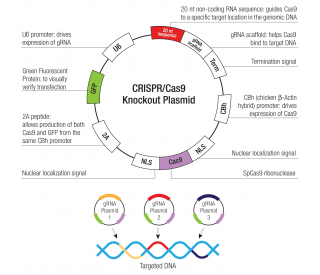
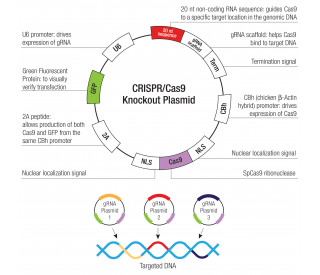



 粤公网安备44196802000105号
粤公网安备44196802000105号